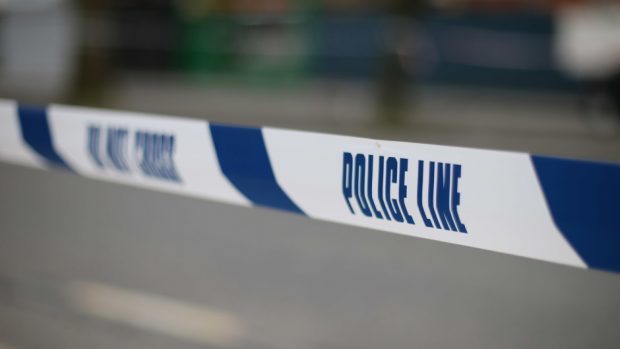Roads in the north and north-east of Scotland are the most dangerous in the country.
Shocking new statistics have revealed there were more fatal accidents in Aberdeenshire than anywhere else in the country last year.
The Highlands had the second highest number of fatal accidents, with the north and north-east alone suffering 30% of all such incidents in 2015.
Opposition politicians have demanded action on the figures, but Transport Scotland said the situation was improving.
North East MSP Peter Chapman suggested the decaying nature of the road infrastructure was partly to blame for the high number of fatalities.
He said: “These figures, while shocking, will not surprise anyone in Aberdeenshire who uses our trunk road network on a daily basis.
“It often seems that there is another fatal crash every other week in the north-east.
“To take one example, the A947 Aberdeen to Banff road has been the scene of several of these tragic accidents.
“I think we need to look at a range of measures such as young driver education, a crackdown on speeding and investment in road infrastructure to bring our network up to a 21st-century standard.”
The accident figures, released by Transport Scotland highlighted that the total number of people killed across the country was dropping.
Aberdeenshire accounted for 18 of the total Scottish road deaths in 2015. In Aberdeen City, there were five fatal accidents, while in Angus there were seven.
The second highest region was the Highlands and Islands, with 17 fatal incidents, while there was one deadly crash in Moray.
The Transport Scotland figures do not provide a breakdown of accidents by road, but figures from Aberdeenshire Council have shown there have been 20 fatal accidents on the A947 alone since 2005.
Mr Chapman tabled a motion at the Scottish Parliament earlier this month, calling for urgent action to tackle the “unacceptably high level” of road deaths in the north-east.
A Transport Scotland spokeswoman responded: “Ministers are absolutely clear that one life lost on our roads is one too many.
“While the continued downward trend in road casualties is to be welcomed, we must not and will not become complacent as we work towards realising our vision.
“[This was] set out in Scotland’s Road Safety Framework, where no one is killed on Scotland’s roads and the injury rate is much reduced.
“Investment in the AWPR/B-T project will provide a dual carriageway link to Ellon and bring significant travel benefits to communities and businesses north of Aberdeen.
“We are working in close partnership with local authorities and blue light services in the north to develop a casualty reduction strategy.
“Across the trunk road network more generally, we assess safety performance on an annual basis and this robust, evidence-based assessment considers the locations and causes of accidents.
“This is in addition to routine inspections on all trunk road network routes, undertaken by operating companies and other routine network maintenance activities.”
